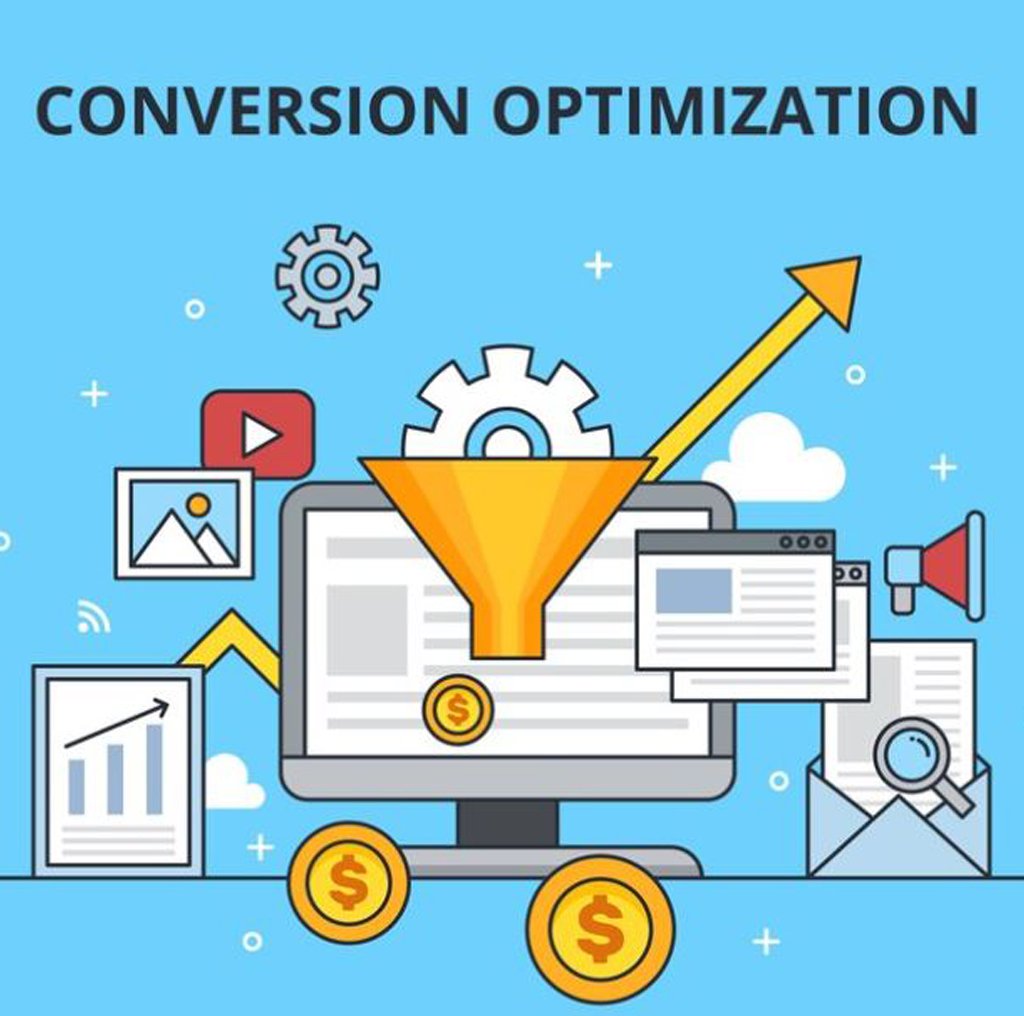A/B Testing for Conversion Rate Optimization (CRO): Best Practices
June 03, 2024 | Digital Techtune

The Digital marketing and website optimization, A/B testing has emerged as a fundamental tool for improving conversion rates. Conversion Rate Optimization (CRO) is a process aimed at enhancing the percentage of website visitors who take a desired action, such as making a purchase, signing up for a newsletter, or filling out a contact form. A/B testing, also known as split testing, is a method within the CRO framework that allows marketers and website owners to compare two or more versions of a webpage or app to determine which one performs better in achieving the desired conversion goals.
A/B testing can provide valuable insights into user behavior, preferences, and motivations, enabling data-driven decision-making and iterative improvements to optimize conversion rates. However, to yield meaningful results and drive significant improvements in conversion metrics, it is essential to follow best practices and adhere to a systematic approach. In this comprehensive guide, we will explore the best practices for conducting A/B testing for CRO, covering everything from planning and hypothesis formulation to test implementation, data analysis, and interpretation of results.
1. Define Clear Objectives and KPIs
Before embarking on an A/B testing initiative, it is crucial to clearly define your objectives and key performance indicators (KPIs). What specific action or behavior are you trying to optimize? Whether it’s increasing sales, generating leads, or improving user engagement, having a clear understanding of your goals will guide the entire testing process.
Best Practices:
- Set SMART Goals: Ensure that your objectives are Specific, Measurable, Achievable, Relevant, and Time-bound.
- Identify Key Metrics: Determine the primary and secondary metrics that align with your goals, such as conversion rate, click-through rate (CTR), bounce rate, average order value (AOV), or revenue per visitor (RPV).
2. Formulate Hypotheses
A well-defined hypothesis forms the foundation of an A/B test. It articulates the expected outcome of the experiment and provides a basis for making data-driven decisions. Hypotheses should be informed by qualitative insights, quantitative data, and an understanding of user behavior.
Best Practices:
- Be Specific: Clearly state the change you intend to make and the expected impact on user behavior.
- Use Insights: Base your hypotheses on user research, analytics data, heatmaps, and other sources of information.
- Prioritize Hypotheses: Focus on high-impact changes that are likely to have a significant effect on conversion rates.
3. Design Variations
Once you have formulated hypotheses, it’s time to create variations of your webpage or app elements that will be tested against each other. Variations should be distinct from each other, with only one variable changed between them to isolate the impact of that particular change.
Best Practices:
- Change One Variable at a Time: Limit each test to a single element or change to ensure clarity in results attribution.
- Follow Best Design Practices: Ensure that variations adhere to design principles and usability standards to maintain user experience.
- Consider Segmentation: Tailor variations to different audience segments based on demographics, behavior, or preferences.
4. Implement Testing Tools
Choose a reliable A/B testing tool or platform to execute your experiments effectively. There are various tools available in the market, ranging from simple DIY solutions to enterprise-grade platforms with advanced features and integrations.
Best Practices:
- Select the Right Tool: Consider factors such as ease of use, scalability, reporting capabilities, and integration with other marketing technologies.
- Ensure Statistical Validity: Choose a tool that provides robust statistical analysis to ensure the reliability of results.
- Test on Multiple Devices and Browsers: Ensure compatibility and consistency across different devices and browsers to capture a broader audience.
5. Conduct Tests
Once you have set up your testing environment and launched your variations, it’s essential to monitor the experiment closely and gather data effectively. Depending on the traffic volume and conversion rates, tests may need to run for a sufficient duration to achieve statistical significance.
Best Practices:
- Define Sample Size and Duration: Use statistical calculators to determine the required sample size and test duration based on desired confidence levels and effect sizes.
- Monitor Performance: Regularly track key metrics and performance indicators to identify any anomalies or issues that may affect the validity of results.
- Avoid External Influences: Minimize external factors such as seasonality or marketing campaigns that could skew results.
6. Analyze Results
Once the testing phase is complete, it’s time to analyze the data and draw conclusions based on the observed outcomes. Statistical significance, confidence intervals, and practical significance are essential considerations in interpreting test results accurately.
Best Practices:
- Focus on Statistical Significance: Ensure that differences between variations are statistically significant to validate the effectiveness of changes.
- Consider Practical Significance: Evaluate the magnitude of the effect size and its practical implications for business objectives.
- Segmentation Analysis: Conduct subgroup analysis to identify variations in performance across different audience segments or user segments.
7. Implement Winning Variations
Based on the results of your A/B tests, implement the winning variation(s) that have demonstrated superior performance in achieving your conversion goals. However, it’s essential to continue monitoring and iterating to sustain improvements over time.
Best Practices:
- Document Learnings: Capture insights and lessons learned from each experiment to inform future optimization efforts.
- Iterative Testing: Use iterative testing to refine winning variations further and explore additional optimization opportunities.
- Continuous Improvement: CRO is an ongoing process, so prioritize a culture of experimentation and continuous improvement within your organization.
A/B testing is a powerful technique for optimizing conversion rates and improving the performance of digital experiences. By following best practices and adopting a systematic approach to experimentation, marketers and website owners can unlock valuable insights into user behavior, preferences, and motivations, leading to iterative improvements and sustained growth in conversion metrics. From defining clear objectives and formulating hypotheses to implementing winning variations and iterating based on learnings, a comprehensive A/B testing strategy can drive significant improvements in conversion rate optimization and ultimately contribute to the success of your digital initiatives.
